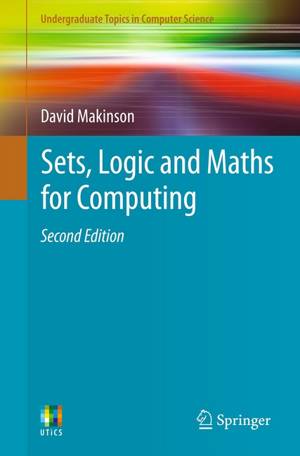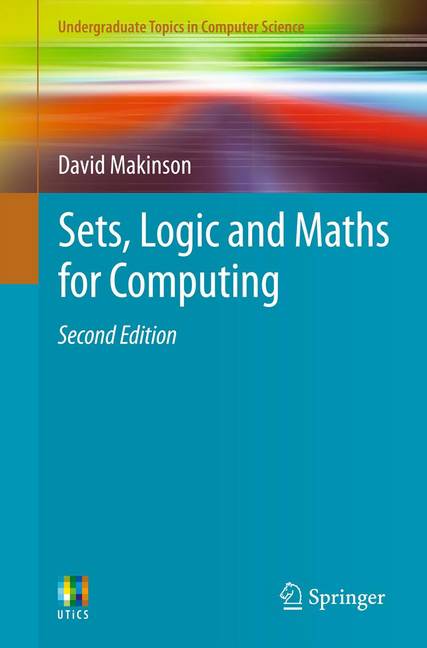
- Afhalen na 1 uur in een winkel met voorraad
- Gratis thuislevering in België vanaf € 30
- Ruim aanbod met 7 miljoen producten
- Afhalen na 1 uur in een winkel met voorraad
- Gratis thuislevering in België vanaf € 30
- Ruim aanbod met 7 miljoen producten
Omschrijving
This easy-to-follow textbook introduces the mathematical language, knowledge and problem-solving skills that undergraduate students need to enter the world of computer and information sciences. The language is in part qualitative, with concepts such as set, relation, function and recursion/induction; but it is also partly quantitative, with principles of counting and finite probability. Entwined with both are the fundamental notions of logic and their use for representation and proof. In ten chapters on these topics, the book guides the student through essential concepts and techniques.
The extensively revised second edition provides further clarification of matters that typically give rise to difficulty in the classroom and restructures the chapters on logic to emphasize the role of consequence relations and higher-level rules, as well as including more exercises and solutions.
Topics and features: teaches finite mathematics as a language for thinking, as much as knowledge and skills to be acquired; uses an intuitive approach with a focus on examples for all general concepts; brings out the interplay between the qualitative and the quantitative in all areas covered, particularly in the treatment of recursion and induction; balances carefully the abstract and concrete, principles and proofs, specific facts and general perspectives; includes highlight boxes that raise common queries and clear away confusions; provides numerous exercises, with selected solutions, to test and deepen the reader's understanding.
This clearly-written text/reference is a must-read for first-year undergraduate students of computing. Assuming only minimal mathematical background, it is ideal for both the classroom and independent study.
Specificaties
Betrokkenen
- Auteur(s):
- Uitgeverij:
Inhoud
- Aantal bladzijden:
- 283
- Taal:
- Engels
- Reeks:
Eigenschappen
- Productcode (EAN):
- 9781447124993
- Verschijningsdatum:
- 29/02/2012
- Uitvoering:
- Paperback
- Formaat:
- Trade paperback (VS)
- Afmetingen:
- 155 mm x 231 mm
- Gewicht:
- 476 g

Alleen bij Standaard Boekhandel
Beoordelingen
We publiceren alleen reviews die voldoen aan de voorwaarden voor reviews. Bekijk onze voorwaarden voor reviews.











